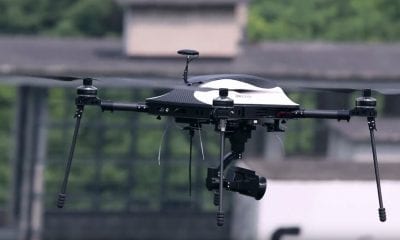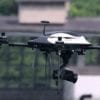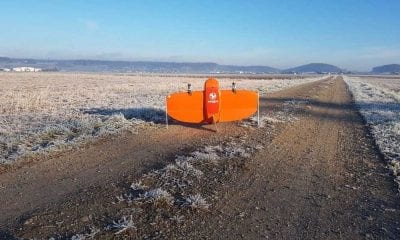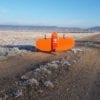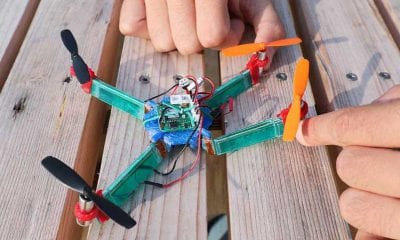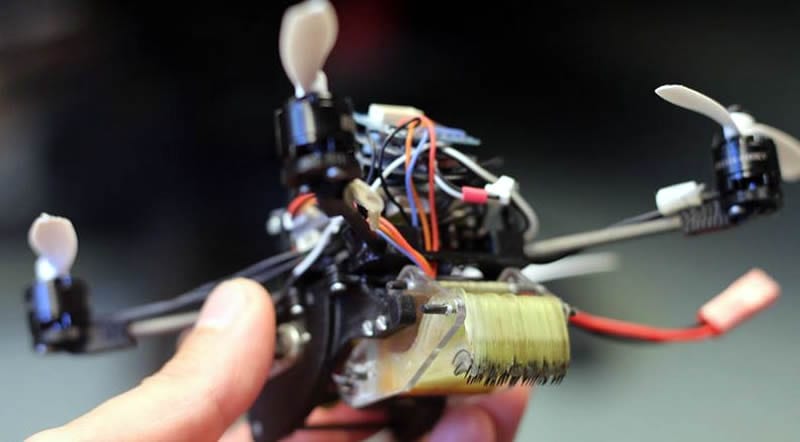
News
Miniature Drone Punches Above its Weight
This new type of mini drone can remain affixed to a surface and reel in its cargo, instead of flying with a load pulling a lot more than its own weight.
The drone latches onto a surface and uses a cable to mass, claimed researchers. This palm-sized flyer, described in Science Robotics (October 24), could prove useful in factories and even exploration and search-and-rescue missions.
Resembling tiny fishhooks that help it cling to various surfaces; each 100-gram quadcopter is equipped with either gecko-inspired adhesive or microspines. After attaching a cable to an object, the drone flies to its destination, anchors itself to its landing spot and uses a mechanical winch to pull in its cargo thus allowing the drone to transport objects that would be too heavy to carry while flying.
Mechanical engineer Matthew Estrada of Stanford University and colleagues flew one of their drones up to a partially collapsed building, where the robot affixed itself to a concrete overhang and lifted a 200-gram payload including a camera off the ground to peer into the ruins. Another pair of drones opened a heavy door- one robot hooked a loop around the door handle, stuck itself to the door and yanked the handle down. The other drone tucked a spring-loaded hook under the door, bit into the carpet with its row of microspine teeth and pulled the door open.
In the future, teams of heavy-lifting drones could help turn valves in factories or clear rubble in disaster zones.
Illustrating the forceful manipulation with micro air vehicles in his research article, Matthew Estrada explains- adapting the multimodal locomotion strategy found in wasps to design FlyCroTug MAVs. A biological investigation on maximum lift production during takeoff in birds, bats, and insects showed that wasps used ground locomotion and attachment to drag large prey back to their nests. When a load was too heavy for flight, they attached to the ground with claws and adhesive pads to pull via ground reaction forces.



